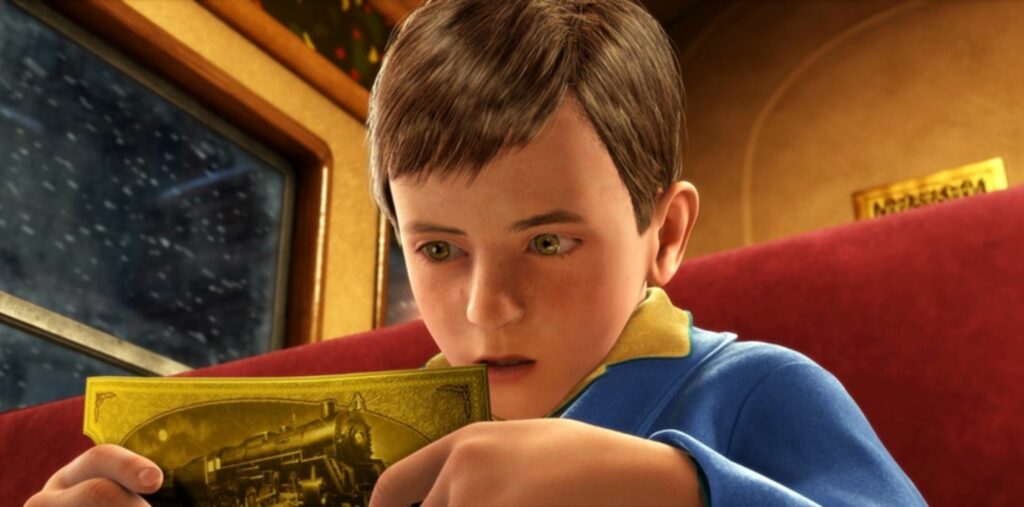blog post
New Robots May Be Creepier Than the Uncanny Valley

The uncanny valley is the scientific explanation for why we all find clowns or corpses creepy. And just when we thought nothing could be more alarming than clowns, scientists have found an even uncannier way to freak us out.
New research finds that there is something even creepier than the uncanny valley: clones. Scientists now predict that when convincing humanoid robots with identical faces are launched, we are all going to panic.
The Uncanny Valley
One of the best known examples of the uncanny valley effect came from the movie, Polar Express, which gave countless kids nightmares. Known for the unsettling eyes of the computer generated characters, the movie is now used as a teaching example for film schools.
There are several theories for why the uncanny valley exists, but they all center on the idea that an aversive response to a face that’s not quite right could have survival benefit. Perhaps even helping to protect us from contagion. So for robots to be successful in the marketplace, they need to overcome the uncanny valley.
What’s worse than the Uncanny Valley?
And that’s exactly what is about to happen: robots are overcoming our aversions. In a new research article, Dr. Fumiya Yonemitsu of Kyushu University and colleagues asked what would happen when humanoid robots got so good, they overcome the uncanny valley.
“Technological advances in robotics have already produced robots that are indistinguishable from human beings,” they write. “If humanoid robots with the same appearance are mass-produced and become commonplace, we may encounter circumstances in which people or human-like products have faces with the exact same appearance in the future.”
To test peoples’ reactions, the team asked people to look at photos of individuals with the same face (clones), with different faces, and of one single person. Research participants were asked to rate how realistic the images appeared, their emotional reaction to them, and how eerie they found them.
People’s responses were clear: clones were creepy. And the more identical individuals in a picture, the eerier it got. The researches decided to call this the “clone devaluation effect.”
Curiouser and Curiouser
“The clone devaluation effect was stronger when the number of clone faces increased from two to four,” says Yonemitsu in a press release.
It’s interesting how shows like Westworld and Humans, we are rarely shown multiple clones of each robot. Perhaps that’s because doing so would interfere with our experience of the robots as individuals with their own identities. In fact, viewing duplicates could even induce disgust.
“We also noticed that the duplication of identity, that is the personality and mind unique to a person, rather than their facial features, has an important role in this effect. Clone faces with the duplication of identity were eerier,” says Yonemitsu. “These results suggest that clone faces induce eeriness and that the clone devaluation effect is related to realism and disgust reaction.”
It all begs the question: why are scientists so dead-set on creating robots with terminator-like realism anyway?
“Our study clearly shows that uncomfortable situations could occur due to the rapid development of technology, says co-author Dr. Akihiko Gobara of Ritsumeikan University. “But we believe our findings can play an important role in the smooth acceptance of new technologies and enhance people’s enjoyment of their benefits.”
And that last line is the uncanniest of all. Bladerunner is right around the corner. Happy Halloween.
(By Alison Escalante for Forbes)
Author
Steve King
Managing Director, CyberEd
King, an experienced cybersecurity professional, has served in senior leadership roles in technology development for the past 20 years. He has founded nine startups, including Endymion Systems and seeCommerce. He has held leadership roles in marketing and product development, operating as CEO, CTO and CISO for several startups, including Netswitch Technology Management. He also served as CIO for Memorex and was the co-founder of the Cambridge Systems Group.
